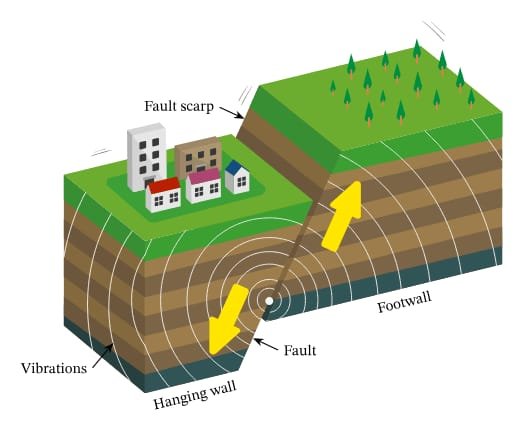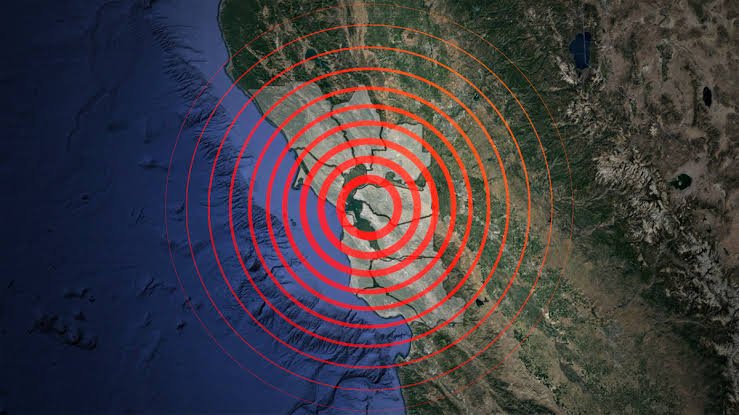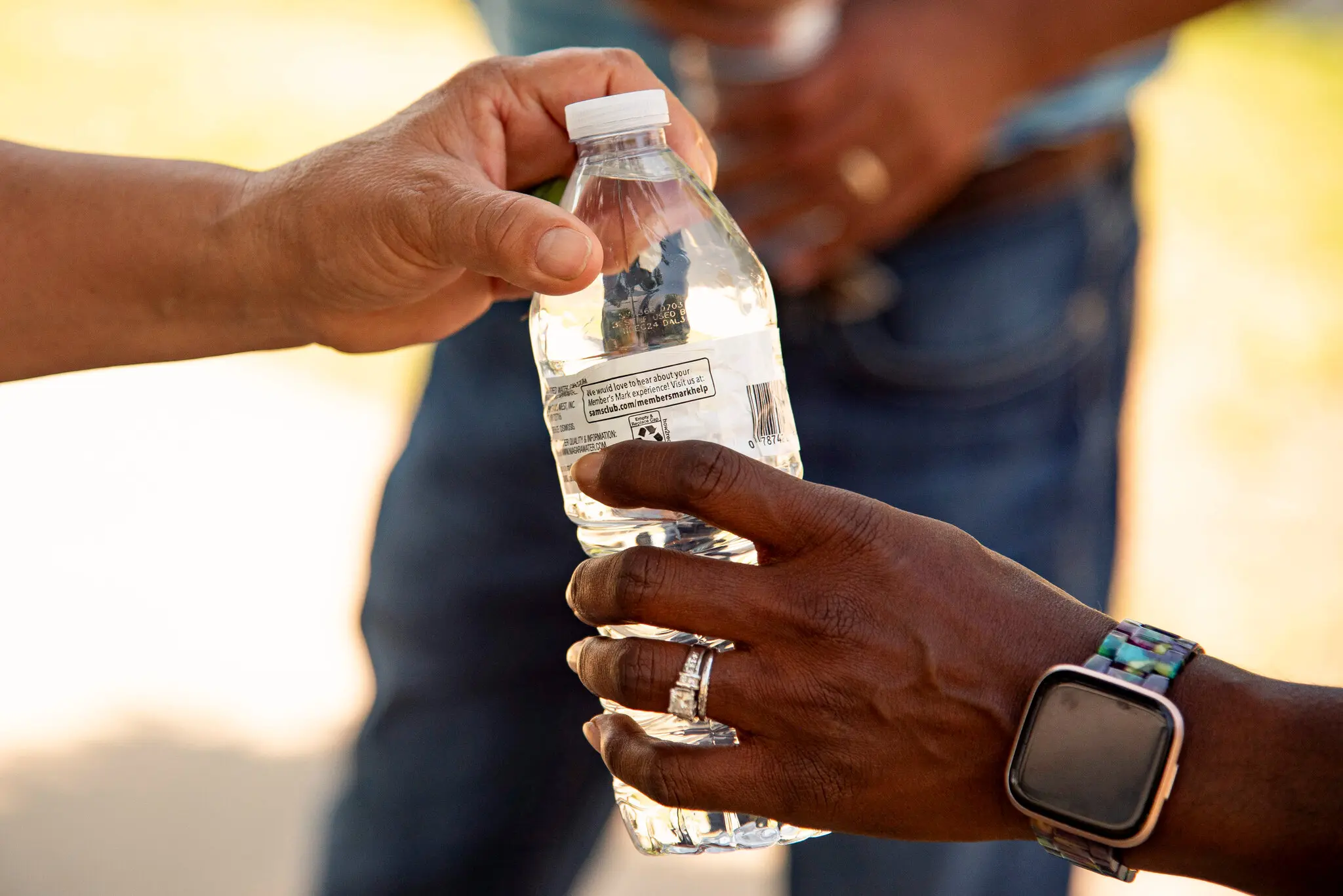In the last 10 days, there have been two earthquakes of magnitude 3.0 or greater centered nearby.
An average of five earthquakes with magnitudes between 3.0 and 4.0 occur per year in the Los Angeles area, according to a recent three-year data sample. The earthquake occurred at a depth of 6.6 miles. Did you feel this earthquake? Consider reporting what you felt to the USGS.
The San Francisco Bay Area is one of the most seismically active regions in the world. The region is home to a number of active faults, including the San Andreas, Hayward, and Rodgers Creek Faults. These faults have caused some of the most destructive earthquakes in California history.The most famous earthquake in Bay Area history is the 1906 San Francisco Earthquake. This magnitude 7.9 earthquake struck on April 18, 1906, and caused widespread damage to San Francisco and the surrounding area. The earthquake also caused a fire that burned for days and destroyed most of the city.
Other Bay Area Earthquakes:
- The 1868 Hayward Fault earthquake (magnitude 6.7)
- The 1989 Loma Prieta earthquake (magnitude 6.9)
- The 2014 South Napa earthquake (magnitude 6.0)
What should I do during an earthquake?

How are earthquakes measured?
Earthquakes are measured using two main scales: magnitude and intensity.
Magnitude is a measure of the size of an earthquake, based on the amount of energy released. The most common magnitude scale is the moment magnitude (Mw) scale. The Mw scale is logarithmic, which means that each whole number increase in magnitude represents a tenfold increase in the amount of energy released. For example, a Mw 6.0 earthquake is 10 times stronger than a Mw 5.0 earthquake.
Intensity is a measure of the ground shaking caused by an earthquake at a particular location. The most common intensity scale is the Modified Mercalli Intensity (MMI) scale. The MMI scale is a 12-point scale that ranges from I (not felt) to XII (total destruction). The intensity of an earthquake can vary from place to place, even for the same earthquake, depending on the distance from the epicenter, the local geology, and the type of construction.
Where can I find information about USGS?
The United States Geological Survey (USGS) is a scientific agency of the U.S. government that focuses on studying natural resources, natural hazards, and the landscape of the United States. Here are some key sources where you can find information about the USGS:
- Official USGS Website:
- The official website of the USGS is a primary source for a wide range of information, including research findings, data, publications, and news releases. The website is organized into various categories, making it easy to navigate and find specific information.
- Website: USGS Official Website
- Earthquake Hazards Program:
- If you are specifically interested in earthquake-related information, the USGS Earthquake Hazards Program provides real-time earthquake data, research publications, and educational resources.
- Website: USGS Earthquake Hazards Program
- National Earthquake Information Center (NEIC):
- The NEIC is operated by the USGS and provides real-time earthquake data and information on seismic events worldwide.
- Website: NEIC
- Earth Explorer:
- Earth Explorer is a tool provided by the USGS that allows users to search, preview, and download a vast amount of Earth observation data, including satellite imagery, aerial photography, and other remote sensing data.
- Website: Earth Explorer
- USGS Publications Warehouse:
- The USGS Publications Warehouse is a searchable database that provides access to a wide range of USGS publications, including reports, maps, and data sets.
- Website: USGS Publications Warehouse
- USGS Social Media:
- The USGS maintains active social media accounts on platforms like Twitter, Facebook, and YouTube. These channels often share updates, news, and educational content.
- Twitter: @USGS
- Facebook: US Geological Survey
- YouTube: USGS
- Contact Information:
- For specific inquiries or assistance, you can contact the USGS directly through their contact information, which is often available on their official website.
Keep in mind that the information and resources available from the USGS can cover a wide range of topics beyond earthquakes, including geology, water resources, biology, and more.






Can you be more specific about the content of your article? After reading it, I still have some doubts. Hope you can help me.